Home>Garden Essentials>How To Remove Pet Urine From Fake Grass
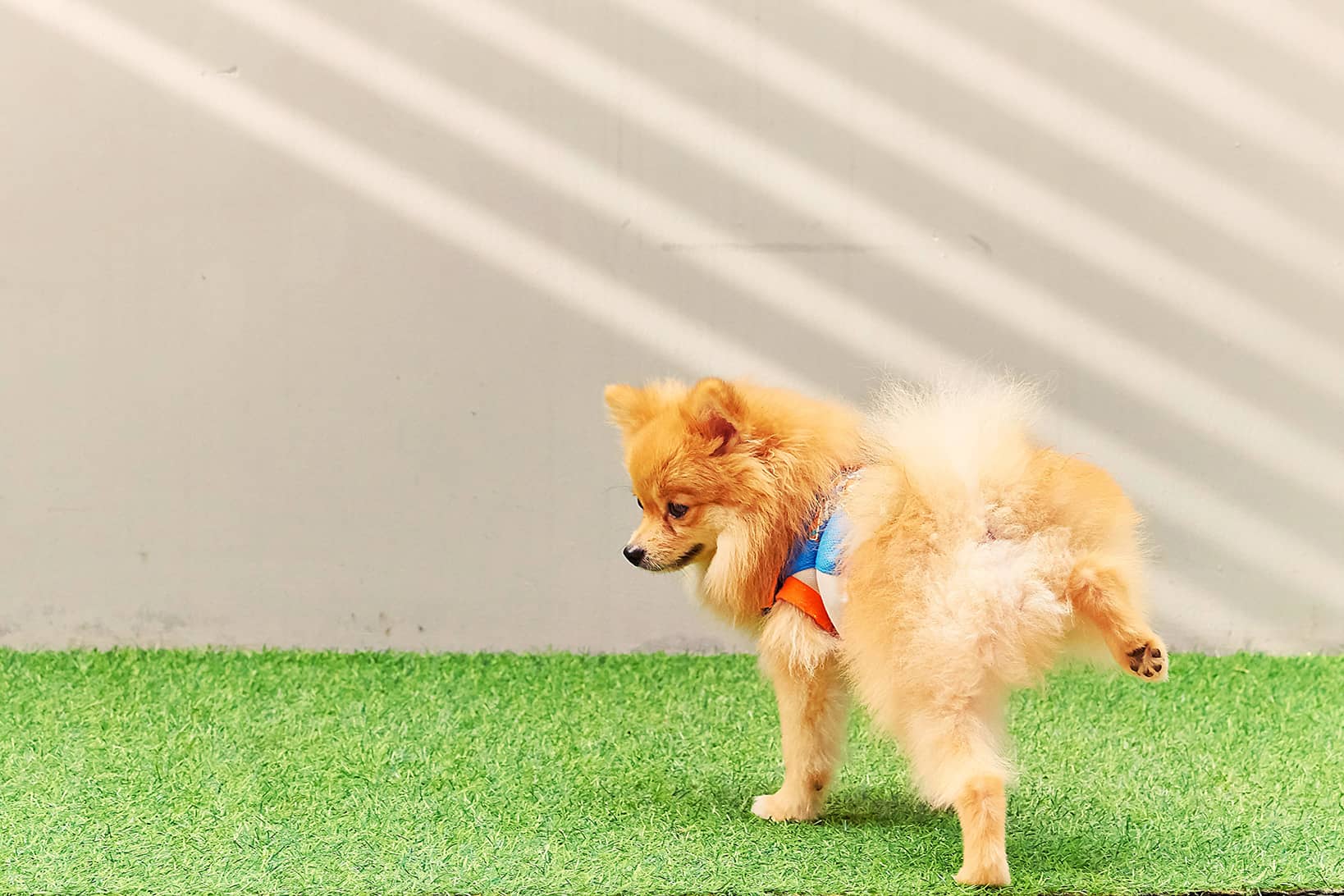

Garden Essentials
How To Remove Pet Urine From Fake Grass
Modified: March 24, 2024
Learn how to effectively remove pet urine from your fake grass in your garden with these simple and practical tips. Say goodbye to unpleasant odors and keep your garden clean and fresh.
(Many of the links in this article redirect to a specific reviewed product. Your purchase of these products through affiliate links helps to generate commission for Storables.com, at no extra cost. Learn more)
Introduction
Welcome to the ultimate guide on how to remove pet urine from fake grass. Having a beautiful and lush artificial turf can transform your outdoor space into a picturesque garden. However, when our furry friends decide to use it as their personal restroom, it can lead to unpleasant odors and stains. But fear not, as we will explore effective techniques to tackle this challenge and restore your artificial grass to its pristine condition.
The challenge of pet urine on fake grass is one that many pet owners face. Unlike natural grass, fake grass does not have the natural soil and drainage system to absorb and filter urine. As a result, pet urine can accumulate on the surface, causing discoloration, foul smells, and even bacterial growth. It is important to address this issue promptly to maintain the longevity and aesthetics of your artificial turf.
Before diving into the solutions, let’s gather the necessary materials to ensure a successful cleaning process. You will need:
- Bucket of warm water
- Mild detergent or pet-safe artificial grass cleaner
- Bristled brush or broom
- Pet urine odor neutralizer
- Vinegar or hydrogen peroxide (optional)
- Rubber gloves
- Absorbent towels or paper towels
Now that we are equipped, let’s move on to preparing the area for cleaning.
Key Takeaways:
- Act quickly when dealing with pet urine on fake grass to prevent stains and odors. Blot the area, use a mild detergent, and rinse thoroughly for effective cleaning.
- Prevent future pet urine damage by establishing a designated pet area, regularly cleaning up solid waste, and using pet-friendly artificial grass products. Consistent maintenance and training are key!
Read more: How To Stop Pet Urine From Killing Grass
Understanding the Challenge of Pet Urine on Fake Grass
Pet urine on fake grass presents a unique challenge due to the different composition and structure of artificial turf. Unlike natural grass, which has soil and drainage to absorb and filter urine, the synthetic fibers of fake grass do not have the same capabilities. As a result, urine can accumulate on the surface, leading to discoloration, odors, and potential bacterial growth.
One of the main issues with pet urine on fake grass is the odor. Over time, the urine breaks down and releases ammonia, creating a strong and unpleasant smell. This can be particularly troublesome for pet owners who enjoy spending time outdoors or hosting gatherings in their backyard.
In addition to the odor, pet urine can cause discoloration and staining on fake grass. The urine contains urea and uric acid, which can leave behind yellow or brownish marks on the turf. These stains are not only unsightly but can also be difficult to remove if left untreated for a prolonged period of time.
Bacterial growth is another concern with pet urine on fake grass. The warm and moist environment created by the urine can provide a breeding ground for bacteria. This can lead to microbial contamination and potential health risks for both humans and pets.
Understanding these challenges is essential for effectively addressing and preventing pet urine damage on fake grass. By following the proper cleaning and maintenance techniques, you can ensure that your artificial turf remains fresh, clean, and odor-free.
Now that we have a better understanding of the challenges, let’s proceed to the next step: gathering the necessary materials.
Gathering the Necessary Materials
Before we dive into the process of removing pet urine from fake grass, it’s important to gather all the necessary materials to ensure a successful cleaning. Here’s what you’ll need:
- Bucket of warm water: You’ll need a bucket of warm water to dilute the cleaning solution and rinse the fake grass.
- Mild detergent or pet-safe artificial grass cleaner: Choose a mild detergent or a specially formulated pet-safe artificial grass cleaner. Avoid using harsh chemicals that can damage or discolor the turf.
- Bristled brush or broom: A bristled brush or broom will help scrub the fake grass and remove any stubborn stains or residue.
- Pet urine odor neutralizer: Look for a pet urine odor neutralizer specifically designed for artificial turf. This will help eliminate any lingering smells and freshen up your fake grass.
- Vinegar or hydrogen peroxide (optional): Vinegar or hydrogen peroxide can be used as an extra step for stubborn odor or stain removal. However, exercise caution when using these products as they can potentially discolor the turf.
- Rubber gloves: Wear rubber gloves to protect your hands during the cleaning process.
- Absorbent towels or paper towels: Have a stack of absorbent towels or paper towels on hand to soak up excess moisture.
Once you have gathered all the necessary materials, you’ll be ready to tackle the task of removing pet urine from your fake grass. The next step is to prepare the area for cleaning.
Preparing the Area
Before you start the process of removing pet urine from fake grass, it’s important to properly prepare the area. Preparing the area will ensure that you have a clean and safe workspace for effective cleaning. Here’s what you should do:
- Remove any solid waste: Start by removing any solid waste from the fake grass. Use a pooper scooper or a plastic bag to pick up and dispose of any feces. This will prevent any cross-contamination and allow you to focus on treating the urine stains.
- Rinse the area: Use a hose or a bucket of clean water to rinse the area where the pet urine is located. This will help dilute the urine and wash away any surface debris.
- Isolate the affected area: If the pet urine is concentrated in a specific spot, it’s a good idea to isolate that area to ensure focused cleaning. You can use small garden stakes or tape to mark the boundaries of the affected area.
- Put on rubber gloves: To protect your hands from any potential skin irritation and to maintain proper hygiene, put on a pair of rubber gloves.
- Keep children and pets away: During the cleaning process, it’s best to keep children and pets away from the treated area. This will avoid any potential contact with cleaning solutions and ensure their safety.
By following these steps to prepare the area, you’ll create an optimal environment for effectively removing pet urine stains from your fake grass. Now let’s move on to the actual process of removing fresh pet urine from fake grass.
Removing Fresh Pet Urine from Fake Grass
Dealing with fresh pet urine on fake grass is relatively easier compared to older or dried stains. When you notice your furry friend has had an accident, follow these steps to effectively remove the urine from your artificial turf:
- Act quickly: The key to successfully removing fresh pet urine is to act as soon as possible. The longer the urine sits on the fake grass, the more difficult it becomes to remove the stain and odor.
- Blot the area: Grab a stack of absorbent towels or paper towels and gently blot the urine spot. This will help soak up the excess moisture from the turf.
- Prepare a cleaning solution: In a bucket of warm water, mix a small amount of mild detergent or pet-safe artificial grass cleaner. Stir the solution until it is well combined.
- Apply the cleaning solution: Dampen a clean cloth or sponge in the cleaning solution and gently scrub the urine spot. Make sure to focus on the affected area, and avoid scrubbing too aggressively to prevent damaging the turf.
- Rinse the area: Once you have scrubbed the spot, rinse the area thoroughly with clean water. You can use a hose or a bucket of water to flush away the cleaning solution and any remaining urine residue.
- Blot dry: After rinsing, use fresh absorbent towels or paper towels to blot the area and remove excess moisture. This step is important to prevent water pooling, which can lead to mold or mildew growth.
- Check for lingering odor or stains: Once the area is dry, check for any remaining urine odor or stains. If necessary, repeat the cleaning process or use a pet urine odor neutralizer to eliminate any lingering smells.
Following these steps will help you effectively remove fresh pet urine from your fake grass. However, if you are dealing with old or dried urine stains, a different approach is required. Let’s learn how to treat these more stubborn stains in the next section.
To remove pet urine from fake grass, mix equal parts water and white vinegar in a spray bottle and spray the affected area. Let it sit for 10-15 minutes, then rinse with water. Repeat if necessary.
Treating Old or Dried Pet Urine Stains
Old or dried pet urine stains on fake grass can be a bit more challenging to remove compared to fresh stains. The urine has had more time to set into the turf, leading to deeper discoloration and stronger odors. However, with the right approach, you can still effectively treat these stubborn stains. Follow these steps to tackle old or dried pet urine stains:
- Identify the affected areas: Carefully inspect your fake grass to identify the areas that have old or dried urine stains. Look for discolored patches or areas with a strong urine odor.
- Prepare a cleaning solution: In a bucket of warm water, mix a small amount of mild detergent or pet-safe artificial grass cleaner. Alternatively, you can use a mixture of equal parts water and vinegar or hydrogen peroxide.
- Apply the cleaning solution: Using a cloth or sponge, apply the cleaning solution to the affected areas. Gently scrub the stains, working the solution into the turf to break down the dried urine residue.
- Let the solution sit: Allow the cleaning solution to sit on the stained areas for at least 10-15 minutes. This will help loosen the old urine and make it easier to remove.
- Scrub and rinse: After letting the solution sit, use a bristled brush or broom to scrub the stained areas. Apply some pressure to dislodge the dried urine. Then, rinse the area thoroughly with clean water to remove any residue.
- Dry and assess the results: Once the area is rinsed, use absorbent towels or paper towels to blot the turf and remove excess moisture. Allow the grass to air dry, and then assess the results. Repeat the process if necessary.
- Deodorize, if needed: Even after cleaning, there may still be lingering odors. Use a pet urine odor neutralizer specifically designed for artificial grass to eliminate any remaining smells.
Treating old or dried pet urine stains requires a bit more effort and time, but with persistence, you can restore the appearance and freshness of your fake grass. In the next section, we will explore how to deodorize and disinfect the artificial turf to ensure a clean and hygienic environment.
Deodorizing and Disinfecting the Artificial Turf
To maintain a clean and fresh environment, it’s important to deodorize and disinfect your artificial turf regularly. This is especially crucial when dealing with pet urine, as it can leave behind persistent odors and potentially harmful bacteria. Here’s how you can effectively deodorize and disinfect your fake grass:
- Choose a pet-safe artificial turf deodorizer: Look for a pet-safe artificial turf deodorizer that is specifically formulated to neutralize odors. Avoid using products that contain harsh chemicals that may damage the turf.
- Follow the product instructions: Read and follow the instructions provided with the deodorizer. Different products may have varying application methods and recommended waiting times.
- Apply the deodorizer: Sprinkle or spray the deodorizer evenly over the entire artificial turf. Pay extra attention to areas that have been affected by pet urine stains or odors.
- Allow the deodorizer to work: Let the deodorizer sit on the turf for the recommended amount of time specified on the product’s instructions. This will give it enough time to neutralize any lingering odors.
- Rinse the turf: After the waiting period, thoroughly rinse the artificial turf with clean water. This will help remove any residual deodorizer and ensure a fresh and clean surface.
- Disinfect the turf, if desired: If you want to take an extra step to disinfect the fake grass, you can use a mixture of water and mild bleach or a pet-safe disinfectant. Follow the instructions on the disinfectant product and rinse the turf thoroughly after application.
- Keep the turf well-maintained: Regularly brush and groom your artificial turf to keep it looking its best. This will help prevent the growth of bacteria and maintain its overall cleanliness.
Deodorizing and disinfecting your fake grass will not only help eliminate any pet urine odors but also create a healthy environment for both humans and pets. Taking these steps will ensure that your artificial turf remains fresh, clean, and free from harmful bacteria.
Now that we have covered the techniques to remove pet urine and maintain the hygiene of your fake grass, let’s move on to some preventive measures to avoid future pet urine damage.
Preventing Future Pet Urine Damage
Preventing future pet urine damage on your fake grass is essential to maintain its appearance and longevity. Here are some preventive measures you can take to minimize the chances of recurring pet urine stains:
- Establish a designated pet area: Train your pets to use a specific area of your yard for their bathroom needs. This can be a designated spot away from your fake grass, such as a gravel or mulch area.
- Install a pet-friendly drainage system: If you have the opportunity, consider installing a pet-friendly drainage system beneath your fake grass. This will help with the proper drainage of pet urine and minimize the accumulation of odors and stains.
- Regularly clean up solid waste: Promptly remove any solid waste from your artificial turf to prevent it from seeping into the fibers and causing odors and stains.
- Rinse the area frequently: Regularly rinse and hose down the fake grass to dilute and flush away any residual urine. This will help prevent odors and discoloration from setting in.
- Use pet-friendly artificial grass products: When choosing artificial grass for your yard, opt for pet-friendly options that are specifically designed to resist pet urine and odors. These products are often treated with antimicrobial properties to prevent bacterial growth.
- Train and reward your pets: Consistently train your pets to use the designated pet area and reward them for good behavior. Positive reinforcement can help encourage them to avoid urinating on the fake grass.
- Keep water bowls away from the artificial turf: Place your pets’ water bowls away from the fake grass to minimize the chances of accidental spills or overflow that can contribute to urine damage.
By implementing these preventive measures, you can significantly reduce the risk of pet urine damage on your fake grass. Remember, consistent maintenance and training are key to ensuring a clean and odor-free environment for both you and your furry companions.
With these tips in mind, you are now equipped with the knowledge to effectively remove pet urine from fake grass, prevent future damage, and maintain a beautiful and pristine outdoor space. Enjoy your lush artificial turf for years to come!
Conclusion
Dealing with pet urine on fake grass can be a challenge, but with the right techniques and preventive measures, you can maintain a clean and odor-free outdoor space. By following the steps outlined in this guide, you can effectively remove pet urine stains, eliminate odors, and prevent future damage to your artificial turf.
Remember to act quickly when dealing with fresh pet urine, as prompt action can prevent stains and minimize odors. Blotting the area, using a mild detergent or pet-safe artificial grass cleaner, and rinsing thoroughly are essential steps in the cleaning process.
For old or dried pet urine stains, a more thorough approach is required. Scrubbing the area with a cleaning solution, allowing it to sit, and rinsing thoroughly can help dislodge stubborn stains and eliminate odors.
Deodorizing and disinfecting your artificial turf on a regular basis is crucial to maintaining a fresh and hygienic outdoor space. By using pet-safe deodorizers and occasional disinfectants, you can eliminate lingering odors and minimize the risk of bacterial growth.
Preventive measures such as establishing a designated pet area, regularly cleaning up solid waste, and rinsing the area frequently can go a long way in minimizing future pet urine damage. Additionally, using pet-friendly artificial grass products and training and rewarding your pets are effective strategies to prevent accidents on your fake grass.
By incorporating these techniques into your routine maintenance, you can enjoy a beautiful and pristine artificial turf that provides a comfortable and enjoyable space for both you and your pets.
So, take the necessary steps to remove pet urine stains, prevent future damage, and maintain the beauty of your fake grass. With a little effort and consistency, you can enjoy a perfectly manicured outdoor space all year round!
Frequently Asked Questions about How To Remove Pet Urine From Fake Grass
Was this page helpful?
At Storables.com, we guarantee accurate and reliable information. Our content, validated by Expert Board Contributors, is crafted following stringent Editorial Policies. We're committed to providing you with well-researched, expert-backed insights for all your informational needs.
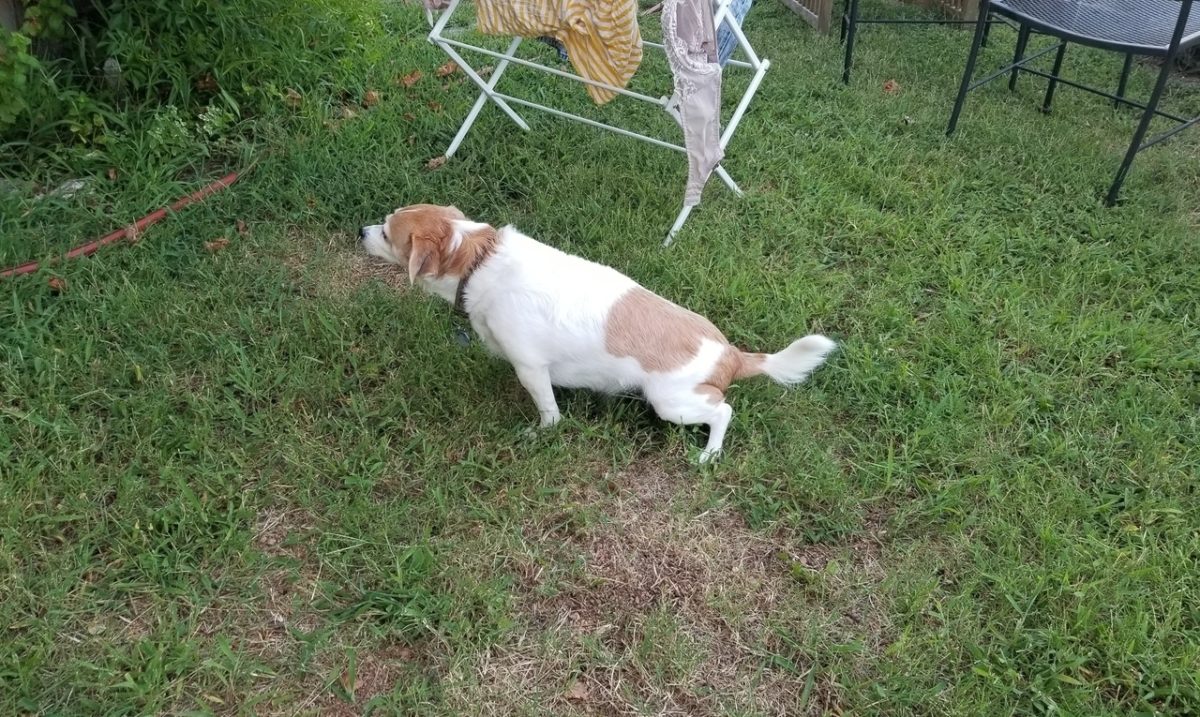
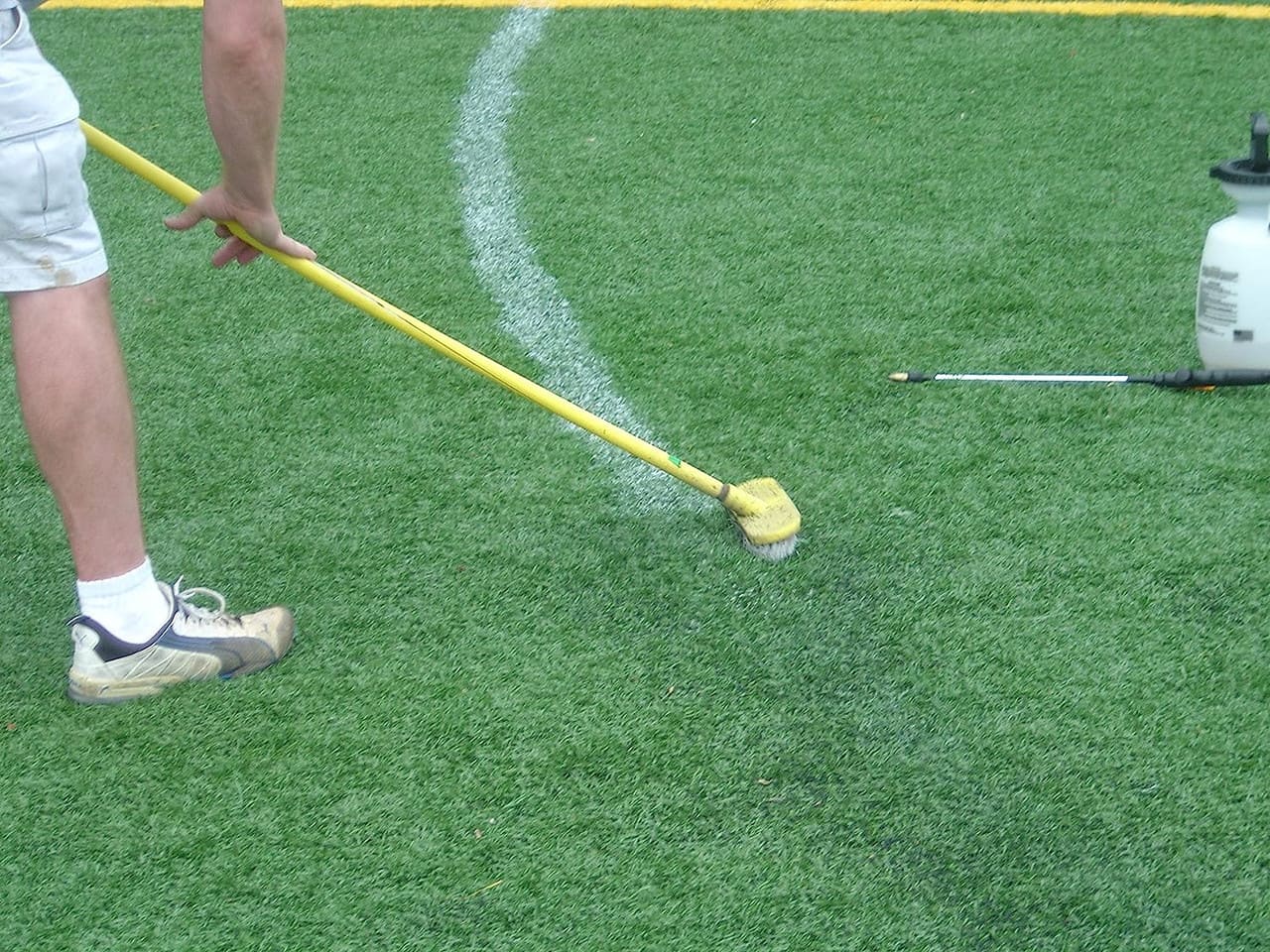
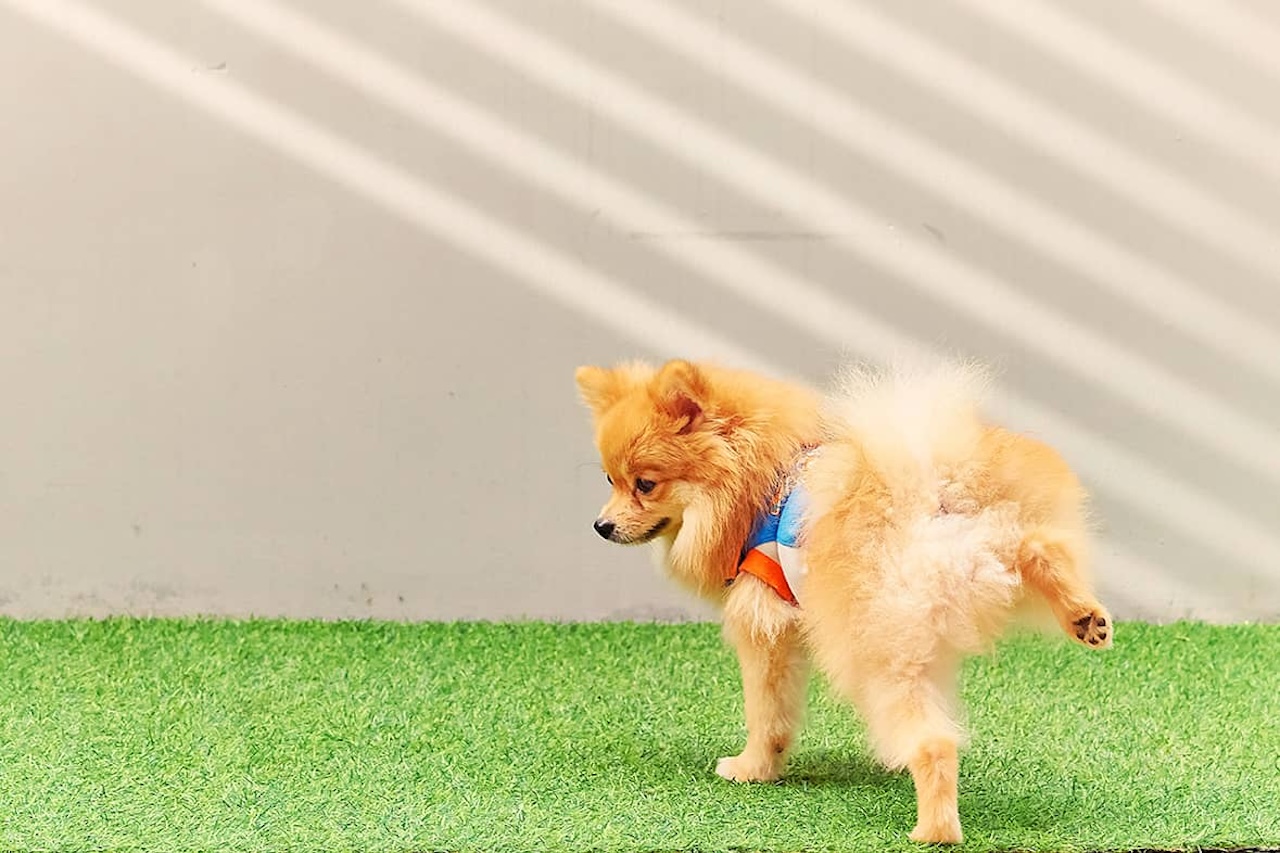
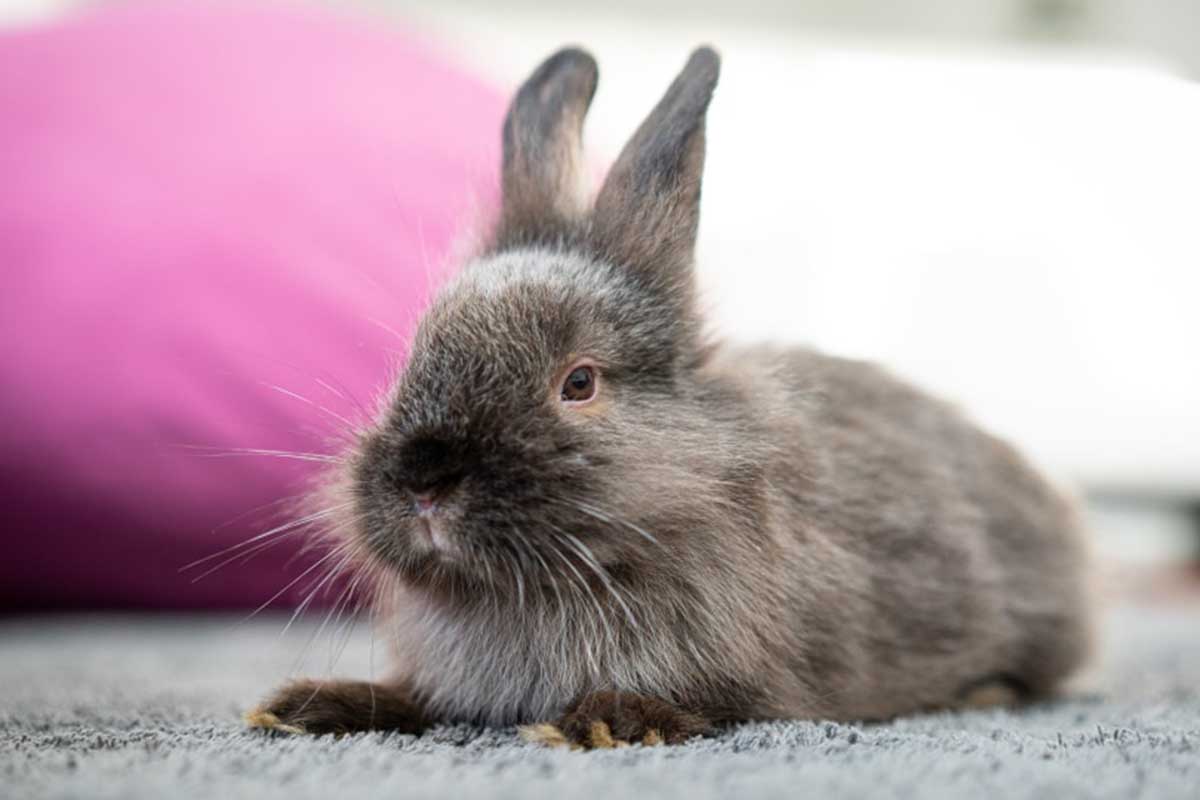
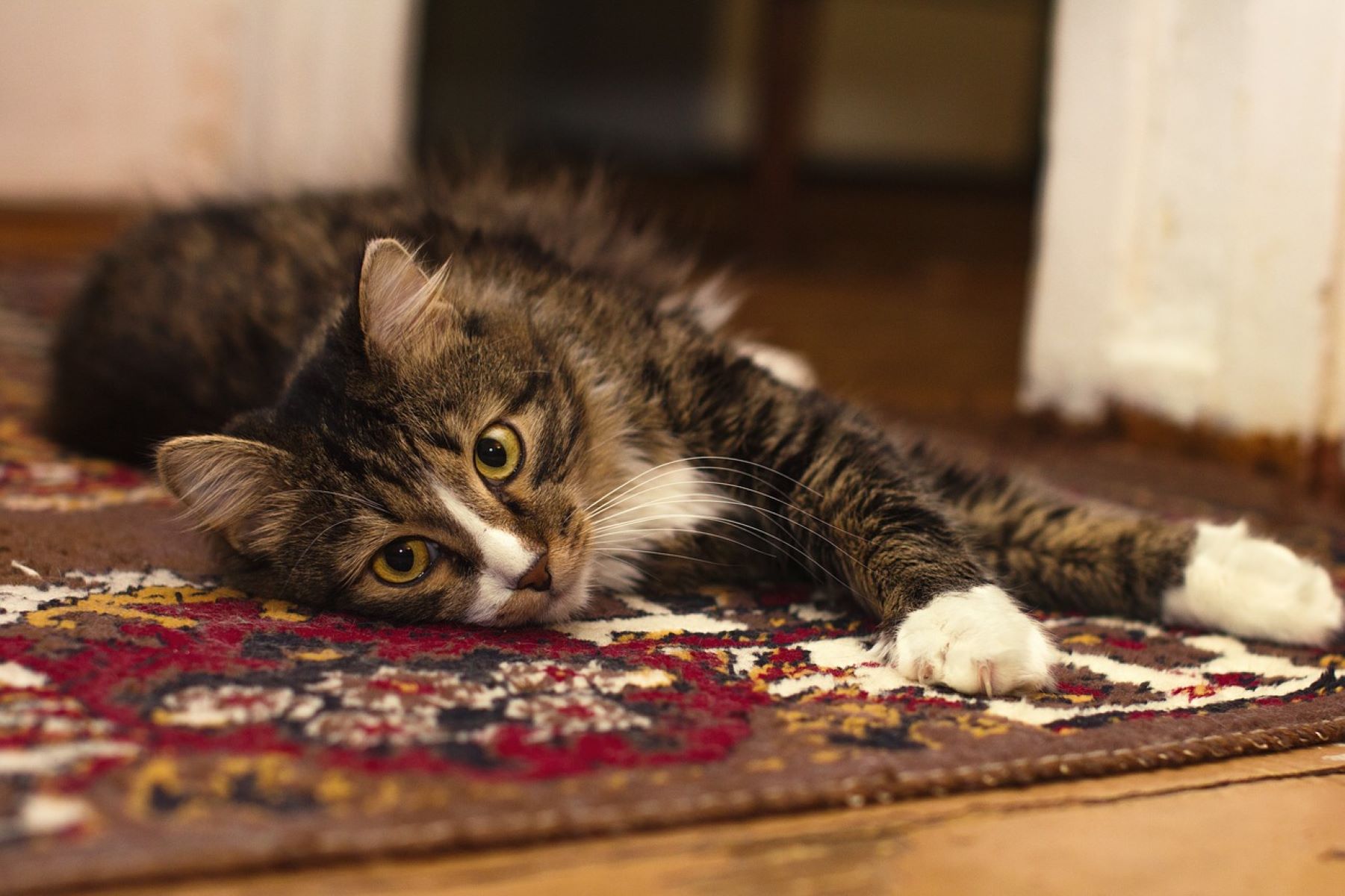
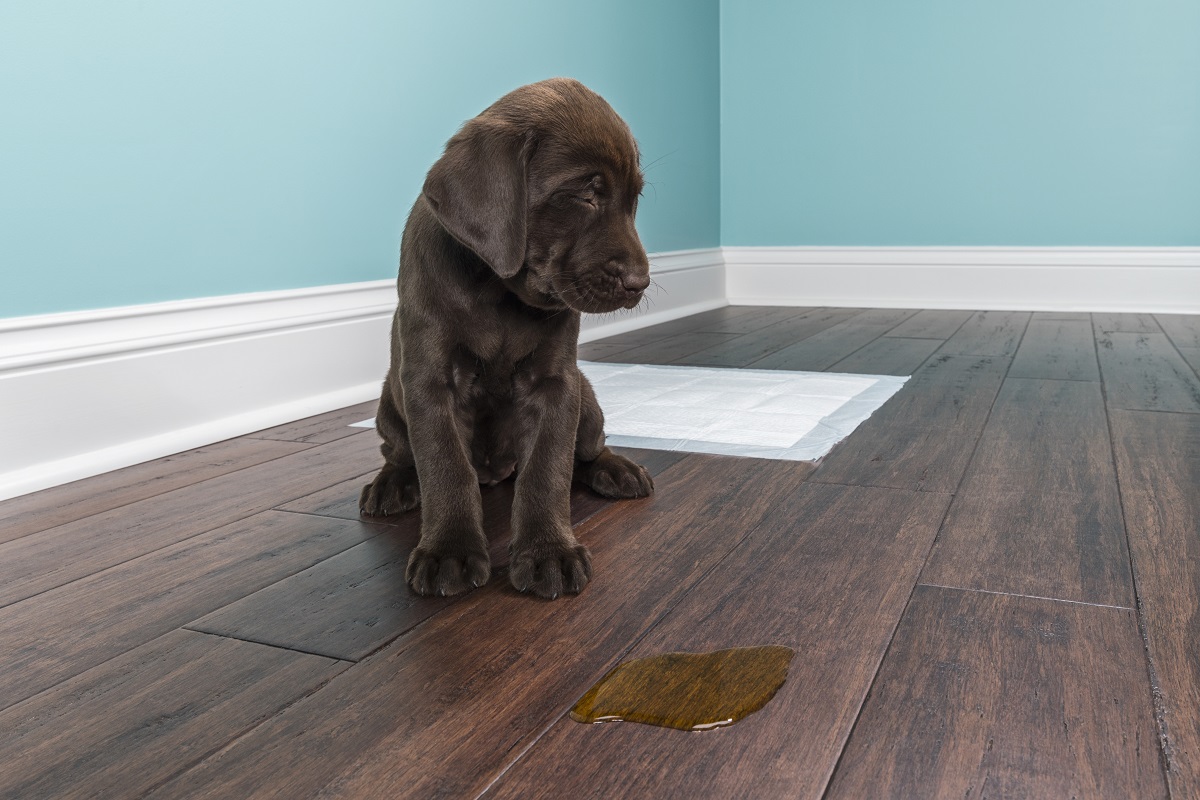
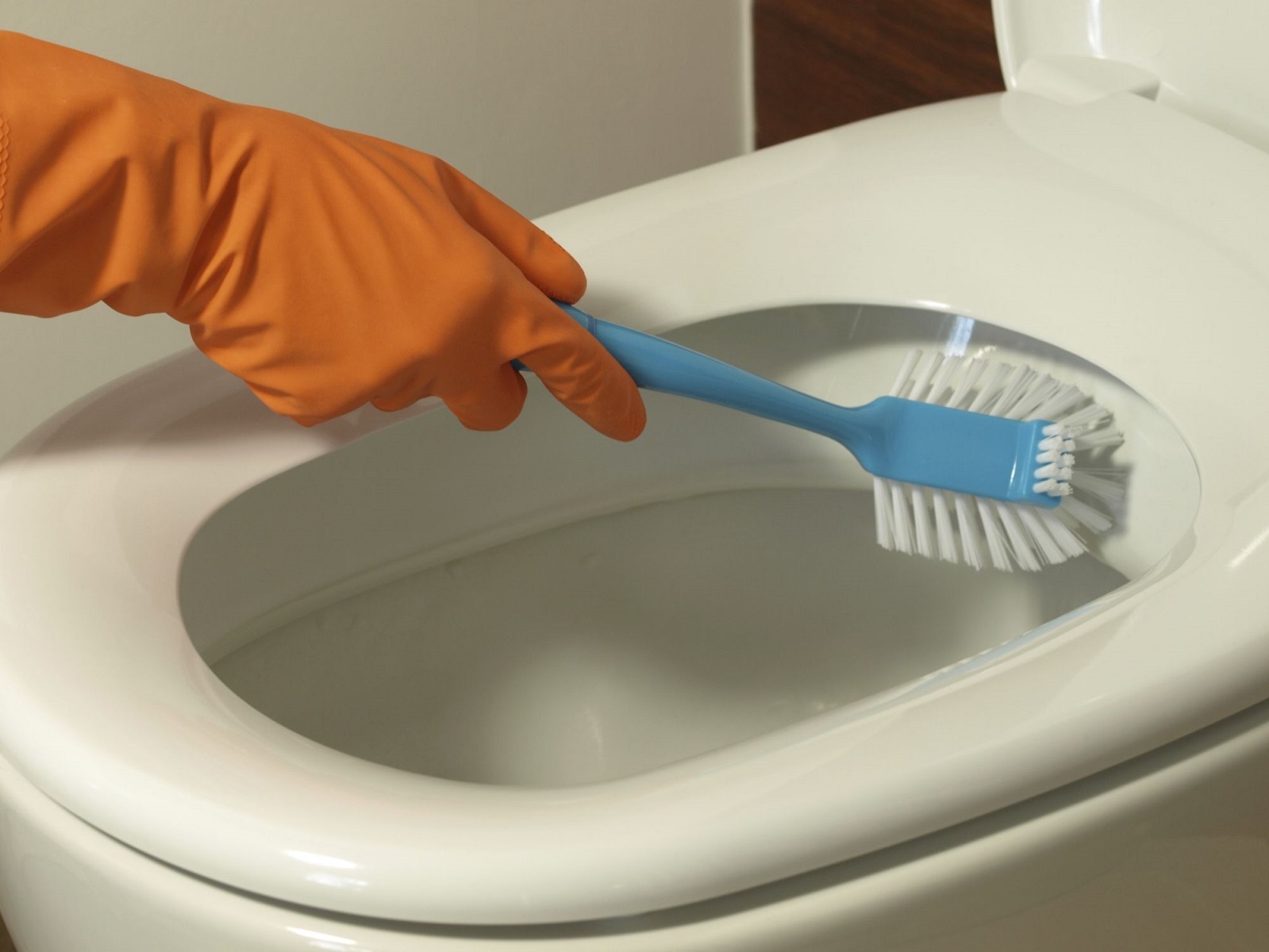
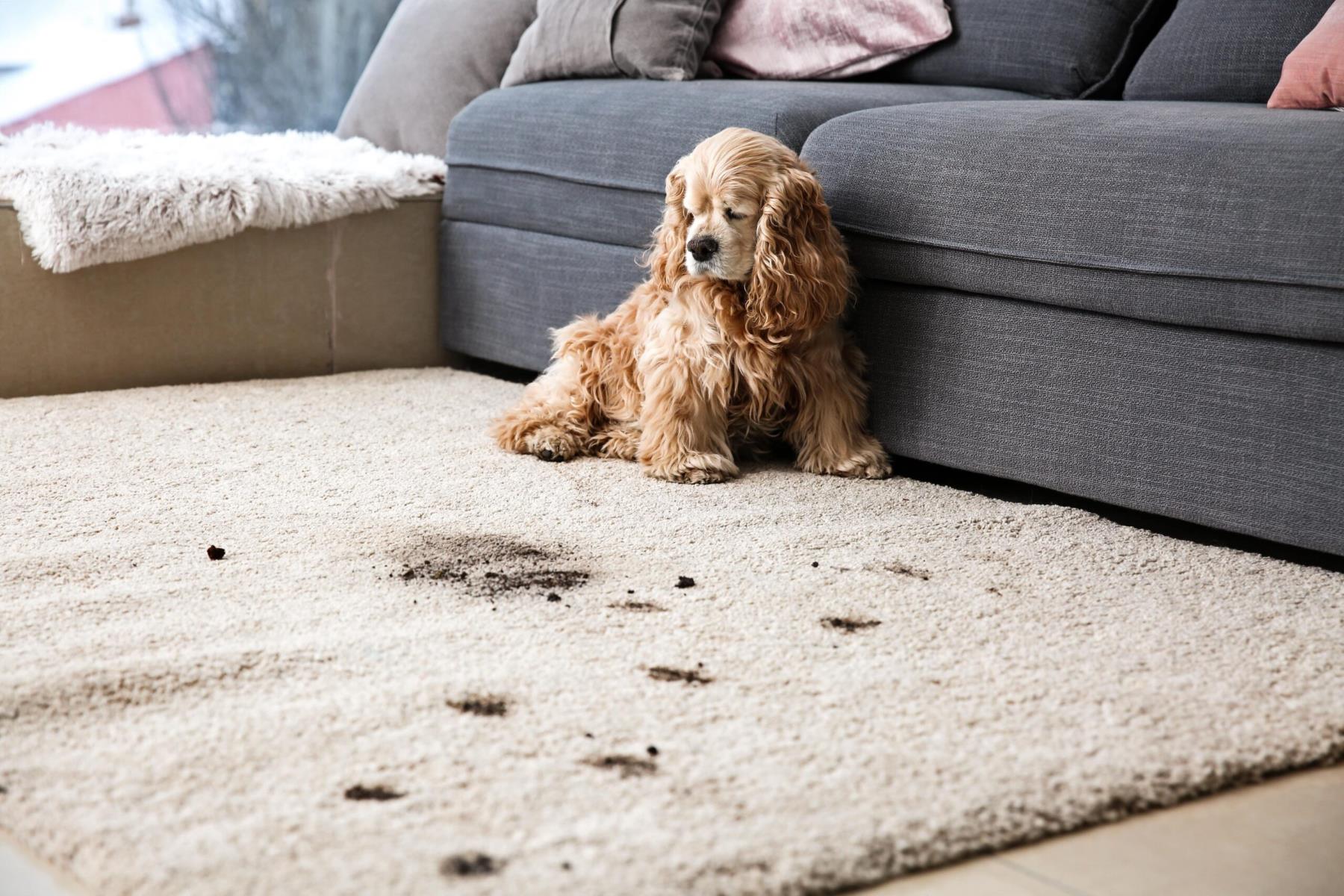
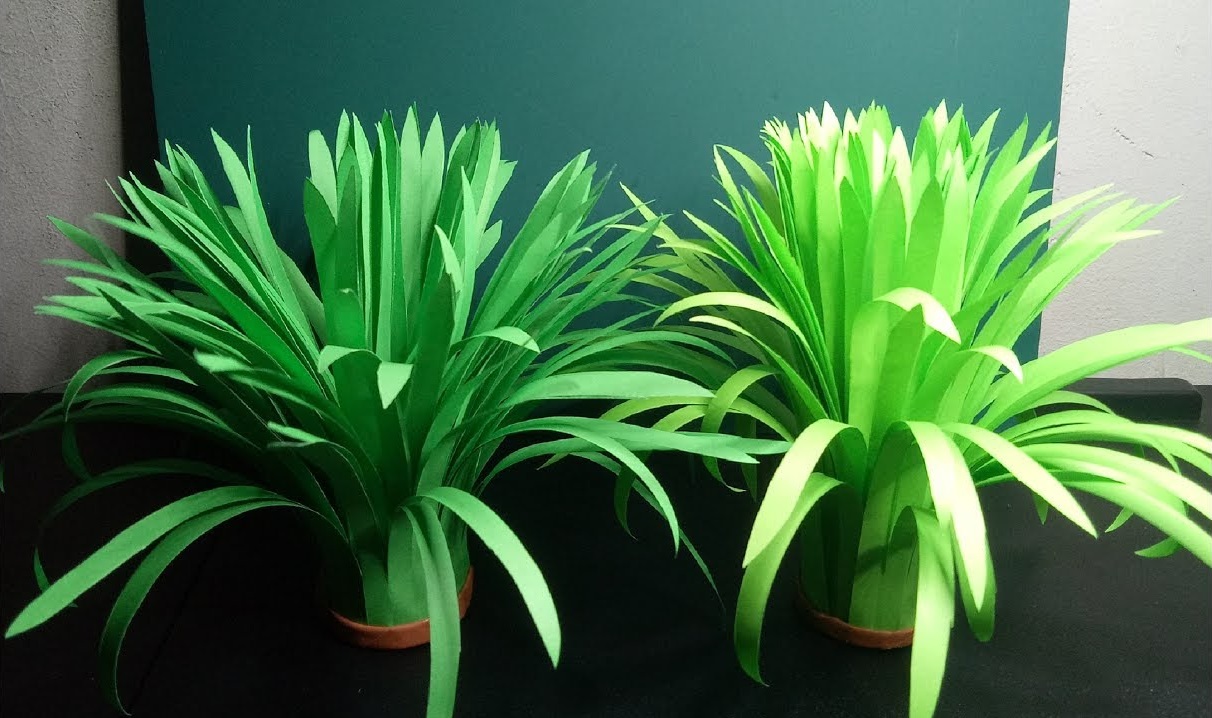
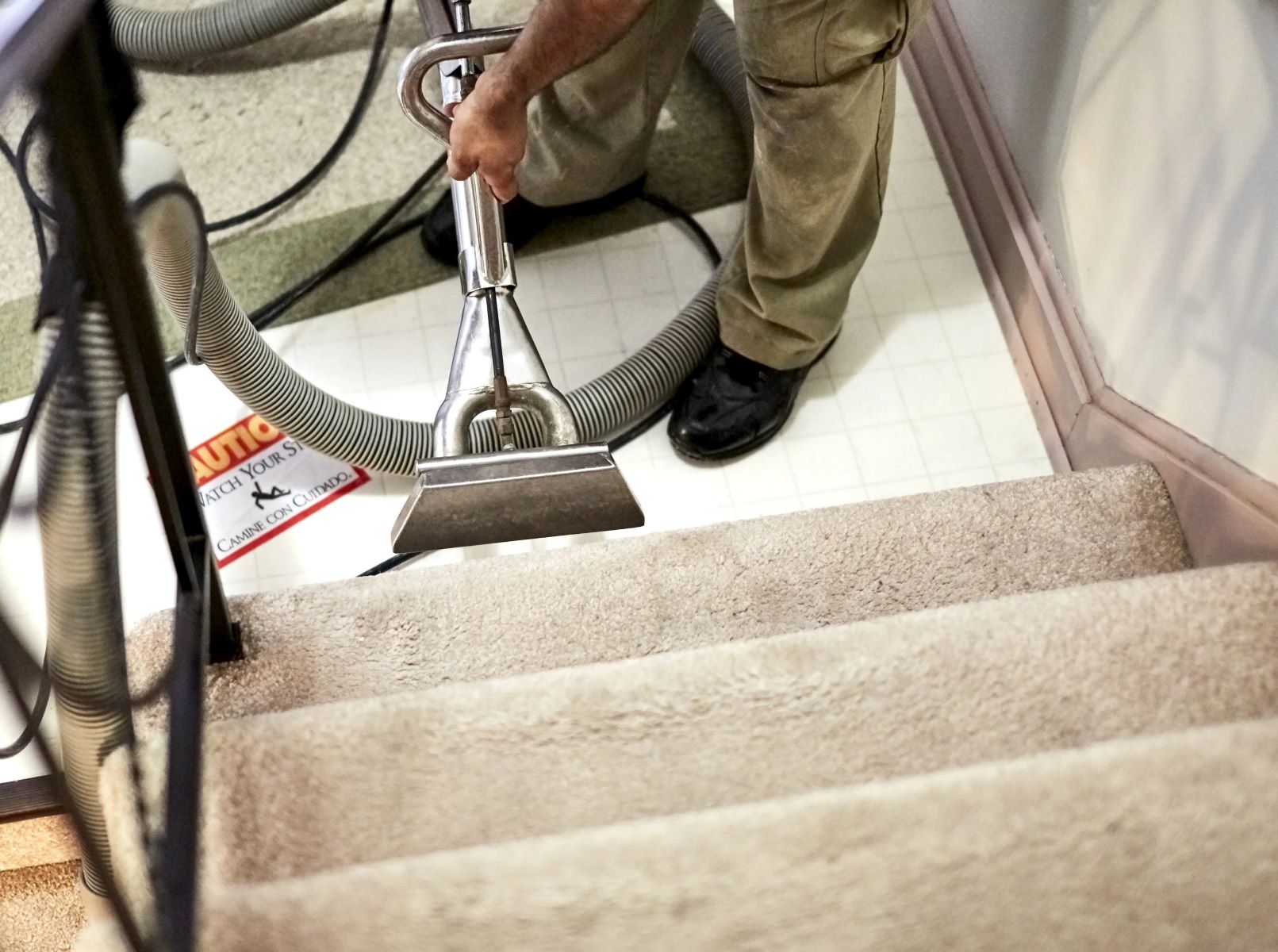
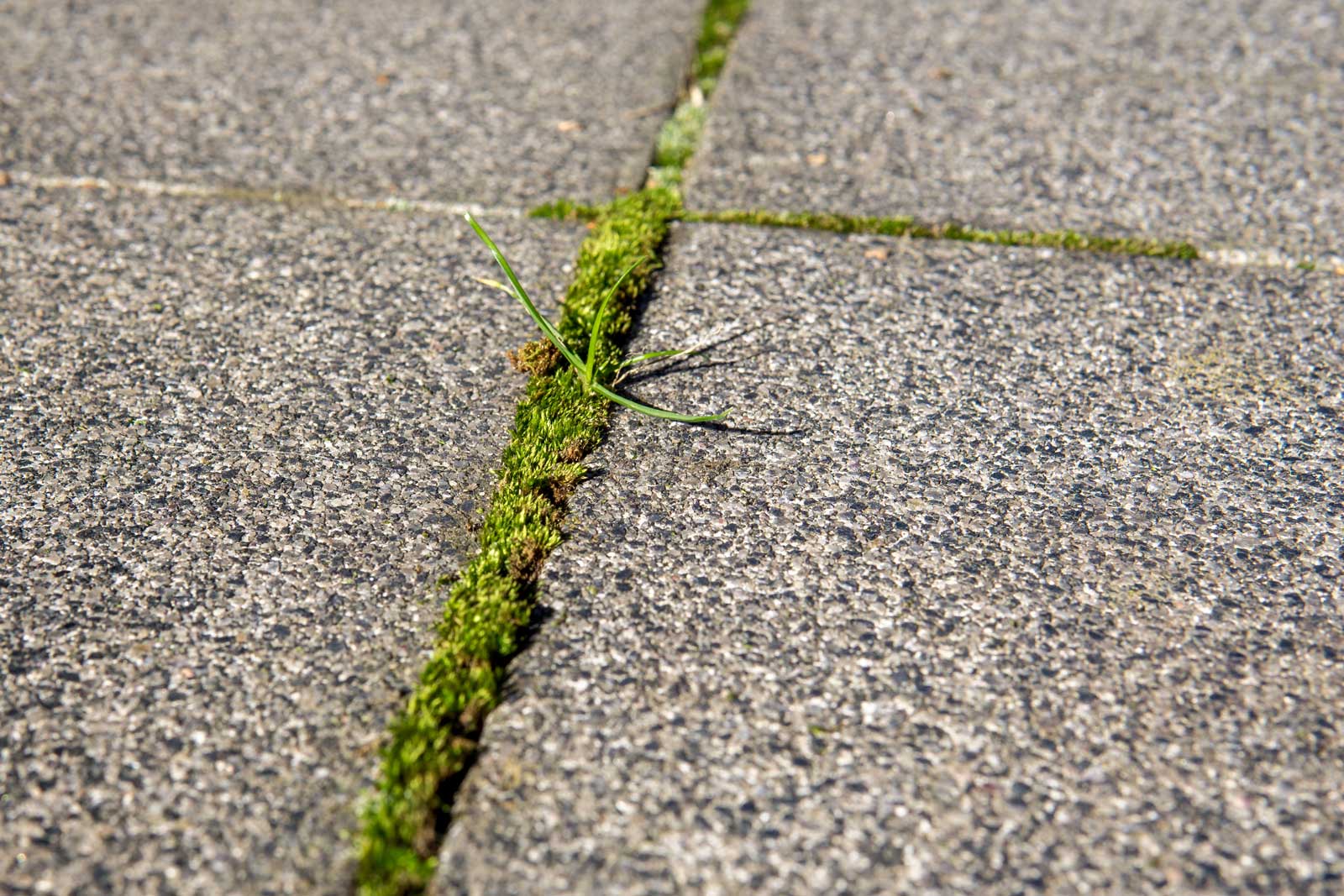
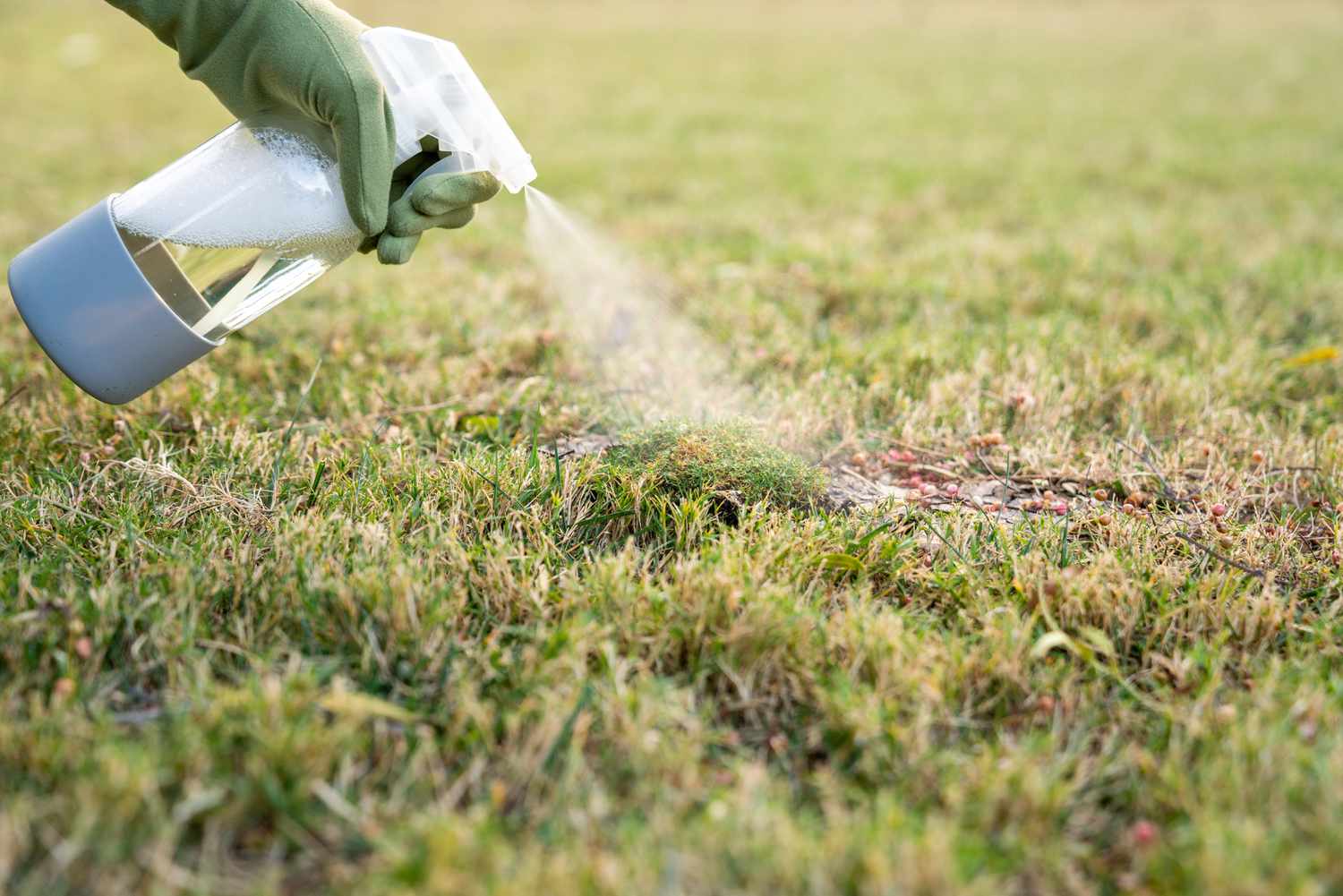
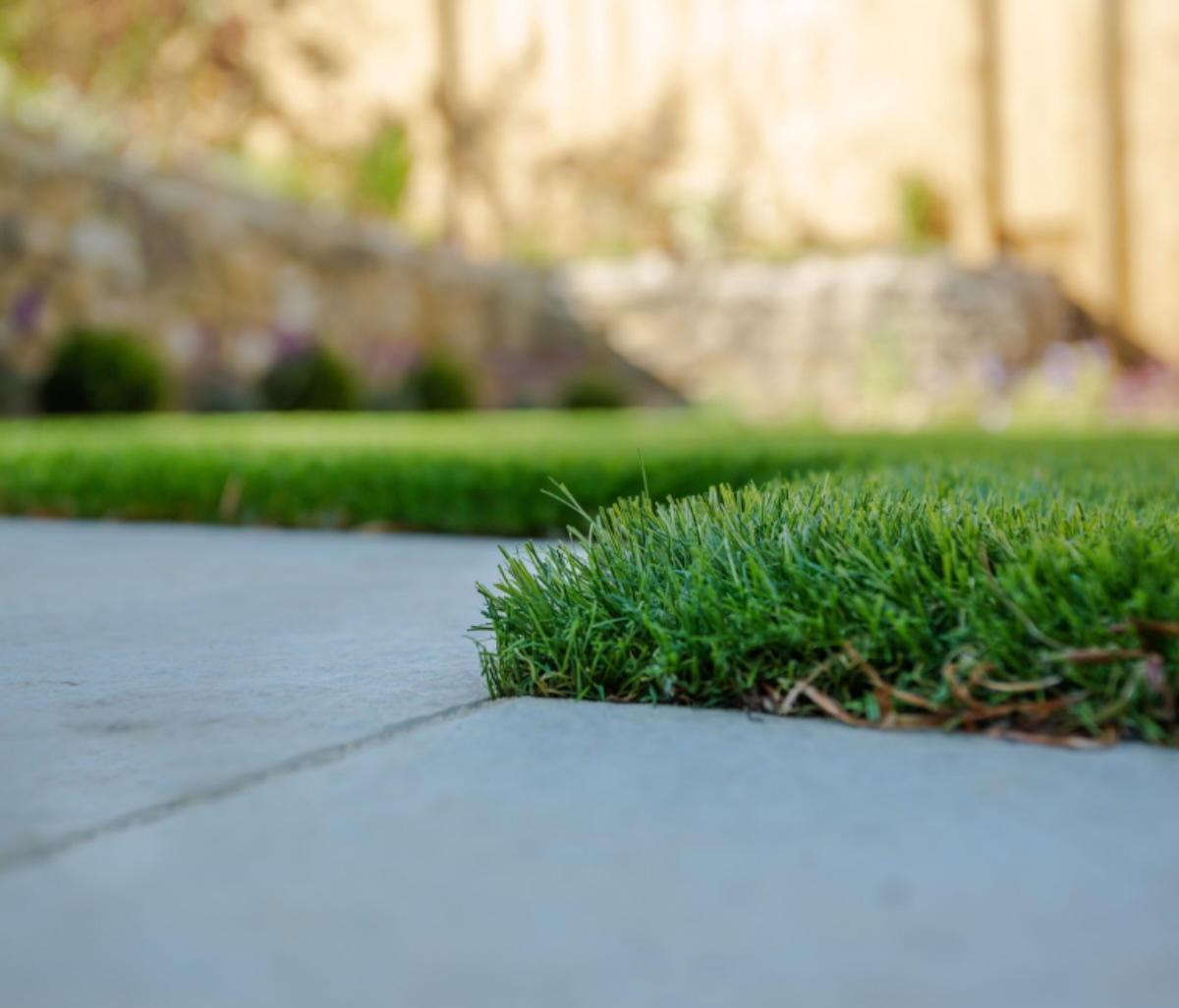
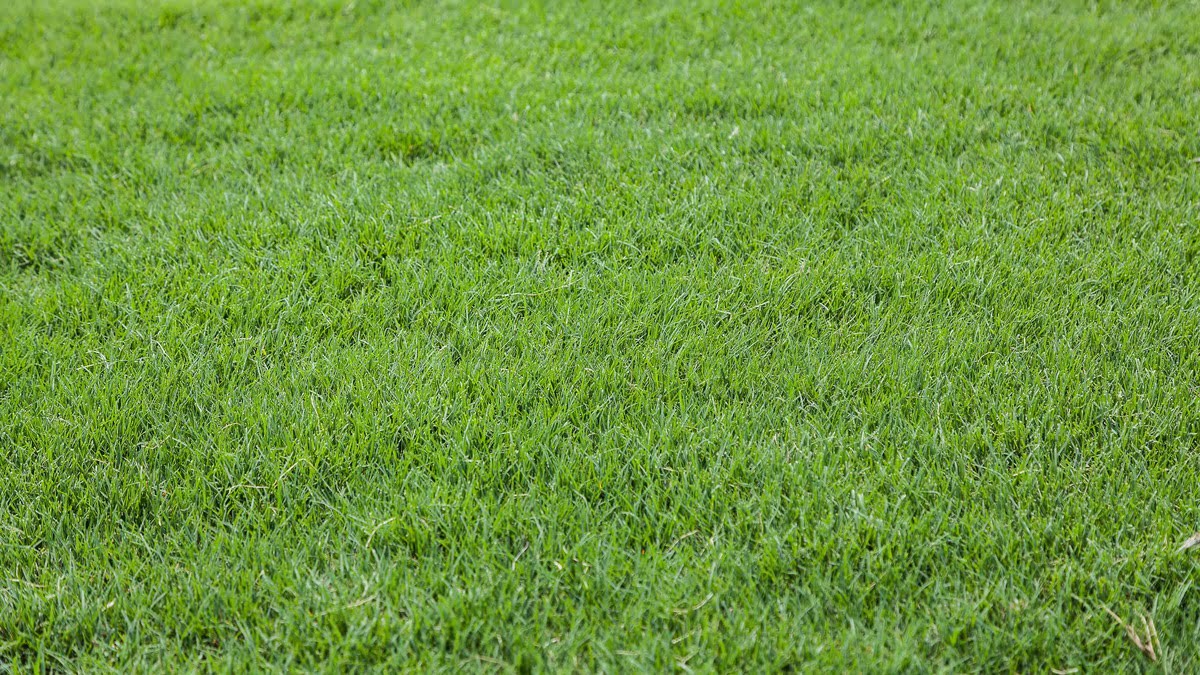

0 thoughts on “How To Remove Pet Urine From Fake Grass”